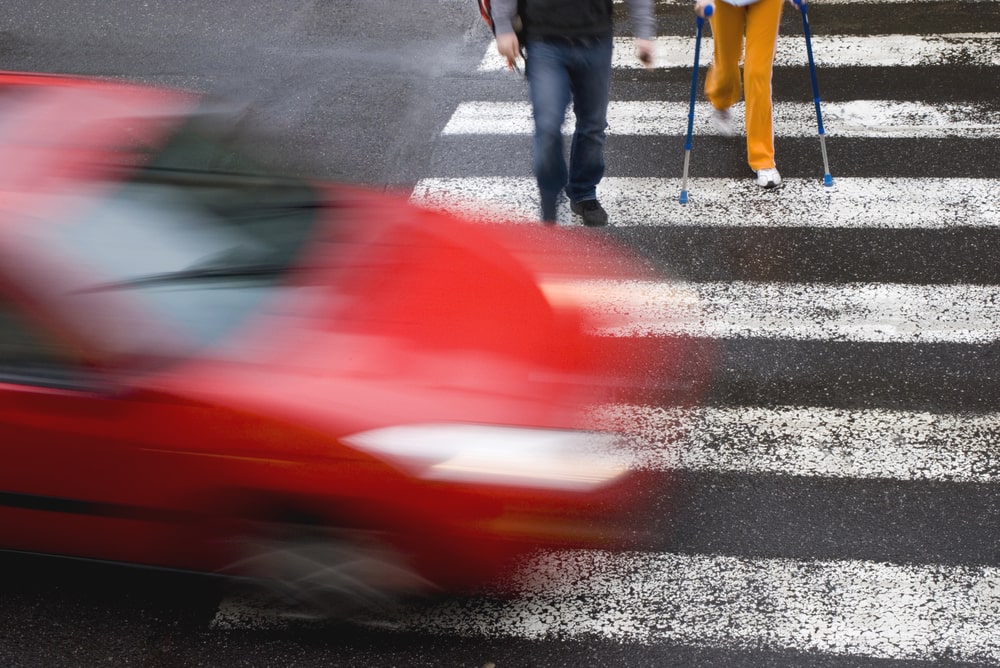Pedestrian safety is a multifaceted concern, and one often overlooked factor that significantly influences the risk of accidents is the prevailing weather conditions. From rain-soaked streets to icy sidewalks, adverse weather can pose unique challenges for pedestrians and prompt crucial legal considerations. A pedestrian accident lawyer can help you secure the compensation you need for medical care and other losses. Today, our peers from The Eskesen Law Firm explain how weather conditions can complicate your pedestrian accident suit.
Wet Conditions
Rainy weather brings about slippery surfaces and reduced visibility, creating a hazardous environment for pedestrians. Wet crosswalks and roadways can increase the likelihood of slips and falls, potentially leading to injuries. In such cases, establishing liability may involve examining whether property owners or municipalities took reasonable steps to maintain safe walking conditions, such as promptly addressing drainage issues and repairing damaged sidewalks.
Snow And Ice
Snow-covered sidewalks and icy pathways pose a significant threat to pedestrian safety, especially in regions prone to harsh winter conditions. Property owners and municipalities have a responsibility to promptly clear snow and ice to prevent accidents. Failure to do so may result in legal consequences if a pedestrian sustains injuries due to slippery walkways. Additionally, understanding local ordinances regarding snow removal timelines is crucial for determining liability.
Reduced Visibility
Fog, heavy rain, and snowfall can diminish visibility for both drivers and pedestrians. In such conditions, pedestrians may struggle to see oncoming traffic, and drivers may find it challenging to spot pedestrians in a timely manner. Legal considerations in these scenarios may involve assessing whether drivers were adhering to reduced speed limits and whether pedestrians took reasonable precautions, such as wearing reflective clothing, to enhance their visibility.
Crosswalk Safety
Weather conditions can impact the functionality of crosswalks, affecting the visibility of painted lines and pedestrian signals. Local municipalities are typically responsible for maintaining crosswalks, and legal action may be pursued if inadequate maintenance contributes to an accident. Pedestrians, too, bear a responsibility to exercise caution and adhere to traffic signals even when adverse weather conditions make crossing more challenging.
Determining Liability
Establishing liability in pedestrian accidents influenced by weather conditions involves a careful examination of various factors. Property owners, municipalities, and even weather forecasting agencies may be held accountable for negligence if they fail to take reasonable precautions or provide accurate weather-related information. Look for an experienced pedestrian accident attorney who has navigated through many different complicated scenarios.
Legal Recourse For Pedestrians
Pedestrians who suffer injuries in weather-related accidents may pursue legal recourse to seek compensation for medical expenses, lost wages, and pain and suffering. Engaging the services of a knowledgeable personal injury attorney is crucial in navigating the legal complexities associated with weather-related pedestrian accidents.
Adverse weather conditions significantly impact pedestrian safety, and the legal implications are substantial. From property owners to municipalities, various parties may be held accountable for negligence contributing to weather-related accidents. Pedestrians, too, must exercise caution and adhere to safety measures during inclement weather. As weather conditions continue to be unpredictable, understanding the legal landscape surrounding pedestrian accidents in adverse weather is paramount for fostering a safer environment for all road users.

